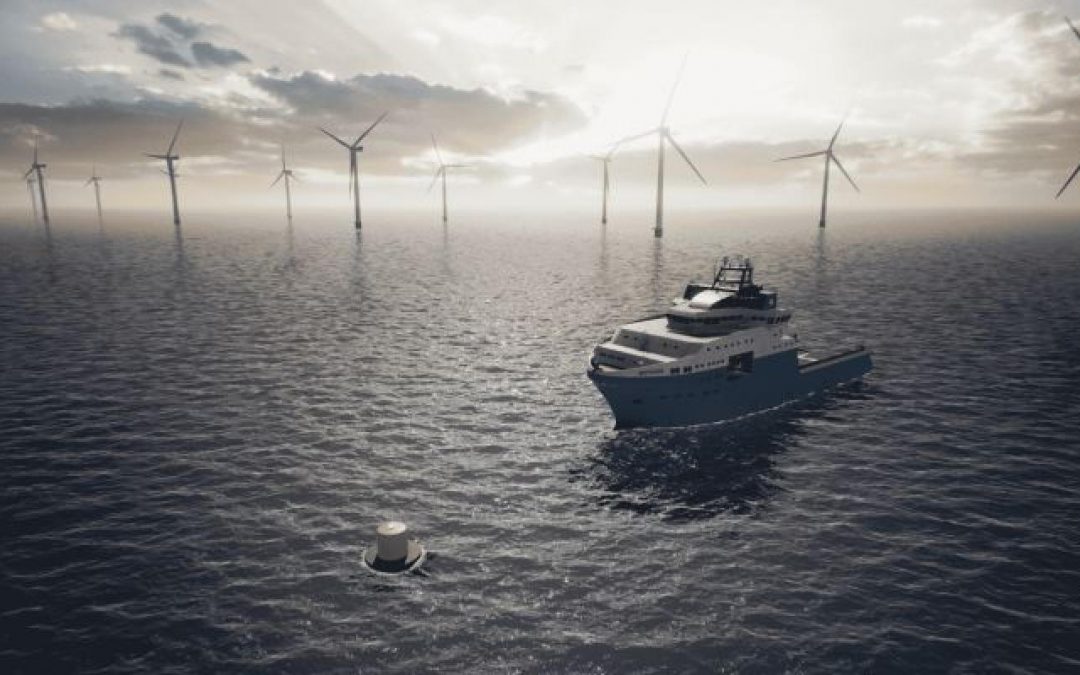Maersk Supply Service (MSS) is set to test a proto-type buoy as both a safe mooring point and a charging station for offshore wind farm service vessels, potentially using electricity to reduce the use of marine fuel.
The charging buoy will be tested in the second half of 2021, where it will supply overnight power to one of Orsted’s vessels. The solution, developed by MSS, can potentially be applied to a wide range of maritime vessels as well.
“The charging buoy tackles a multitude of problems; lower emissions, offering a safe mooring point for vessels, better power efficiency and eliminating engine noise. This is also a solution that can be implemented on a global scale, and one that can be adapted as the maritime industry moves towards hybridisation and electrification,” said Jonas Munch Agerskov, managing director for offshore renewables at MSS, a part of AP Moller-Maersk.
The buoy can be used to charge the small battery or hybrid electrical vessels and to supply power to larger vessels, enabling them to turn off their engines when laying idle.
By substituting fossil-based fuels with electricity, virtually all emissions can be eliminated while the buoy is in use, MSS said.
Upon technical validation and commercial ramp up, the electrical charging buoy has significant potential to contribute to reduce emissions for the maritime industry. This will happen through displacing tens of thousands of tonnes of fuel consumed every year in the wider maritime sector by enabling inactive vessels to turn engines off and replace energy consumption and charge batteries with renewable electricity.
Within five years of global operation, MSS aims to remove 5.5 million tonnes of CO2, additionally avoiding particulate matter, NOx, and SOx.
MSS observed that as large parts of the global maritime fleet are getting ready to receive shore power in ports, the timing is right for implementing this ocean charging innovation.
The charging buoy is applicable as a mooring point outside ports, in offshore wind farms, and near vicinity to other offshore installations. Additionally, it will further help limit the increasing vessel congestions and remove air pollution in port areas.
“Orsted has set the ambitious target of having carbon neutral operations in 2025, which includes the operations of our offshore wind farms. Technical and commercial innovation is central to Orsted’s ability to provide real, tangible solutions to achieve our operational ambitions – and we need our partners’ support,” said Mark Porter, senior vice president and head of operations at Orsted Offshore.
Orsted intends to make any intellectual property generated in designing the integration of the buoy into the offshore wind asset publicly available to maximise the uptake potential of this carbon reduction innovation across the offshore wind sector.
Source: Seatrade-Maritime





